Introduction:
These islands are blessed with some of the finest stone in the world, not just structurally, but in aesthetic terms, too, so, not only strong, tough and resilient, but beautiful, too. And of all the world-famous, renowned and respected stones hewn from the bedrock of Britain, none is regarded more highly than Welsh Slate.
Probably better known amongst the public as a roofing material, it’s use for paving and hard-landscaping is all too easily overlooked, but it has been used at ground level for at least as long as its thinly-sliced format has been hauled up onto roofs and skylines. Those intense, brooding colours, exquisite texture, incredible resilience and low, low, low maintenance requirements have long appealed to designers of both back gardens and commercial streetscapes.
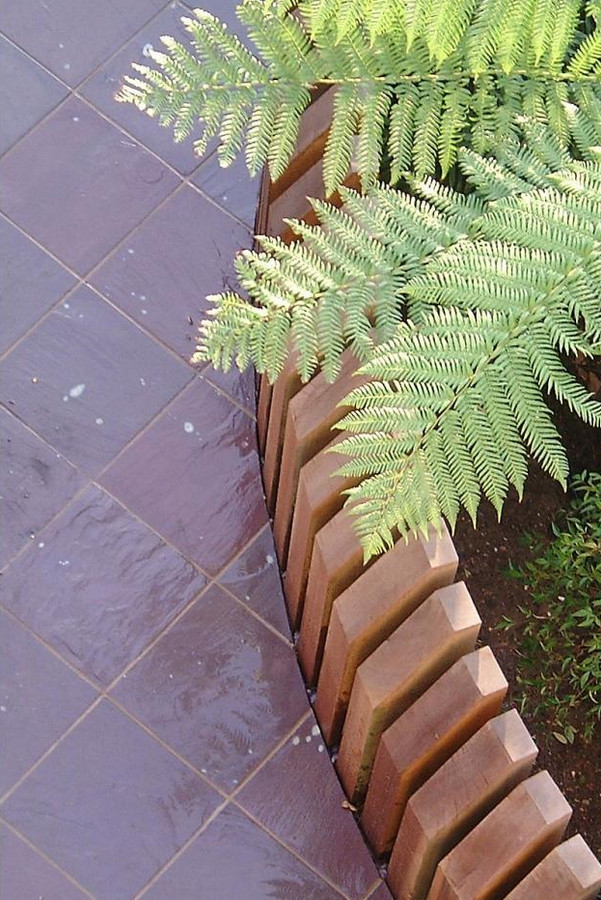
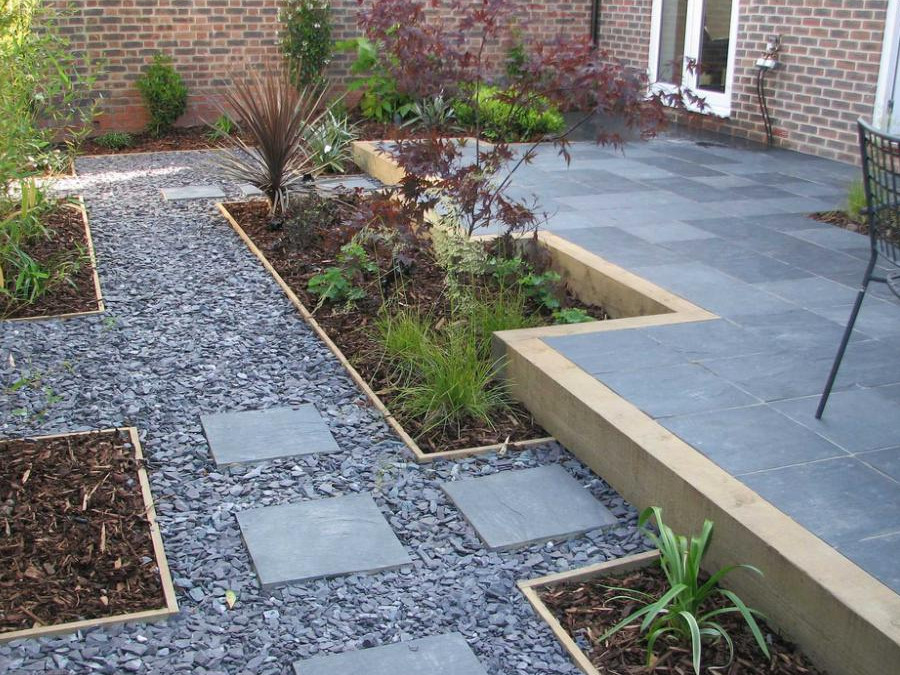
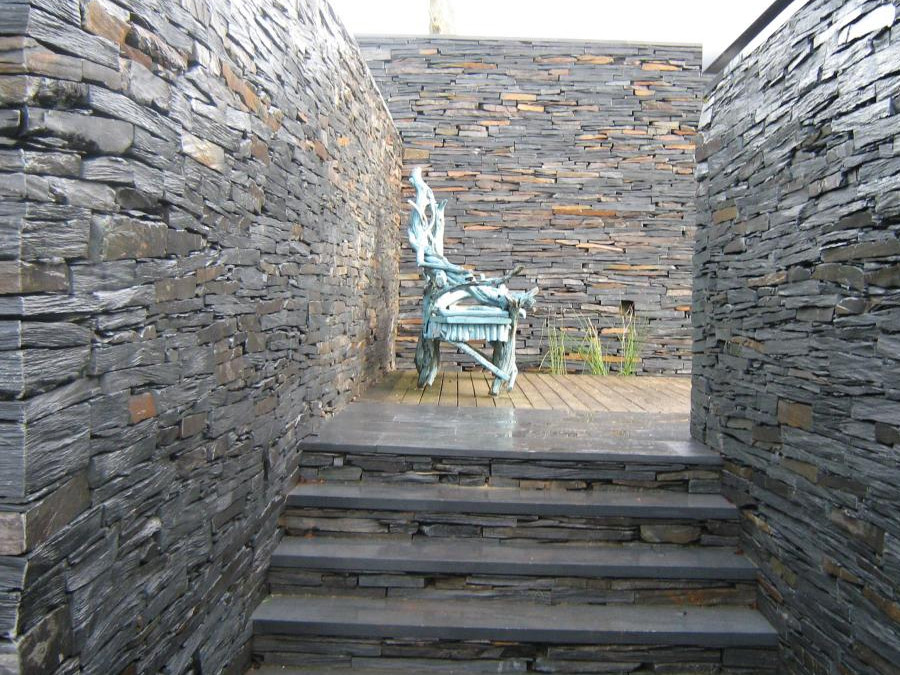
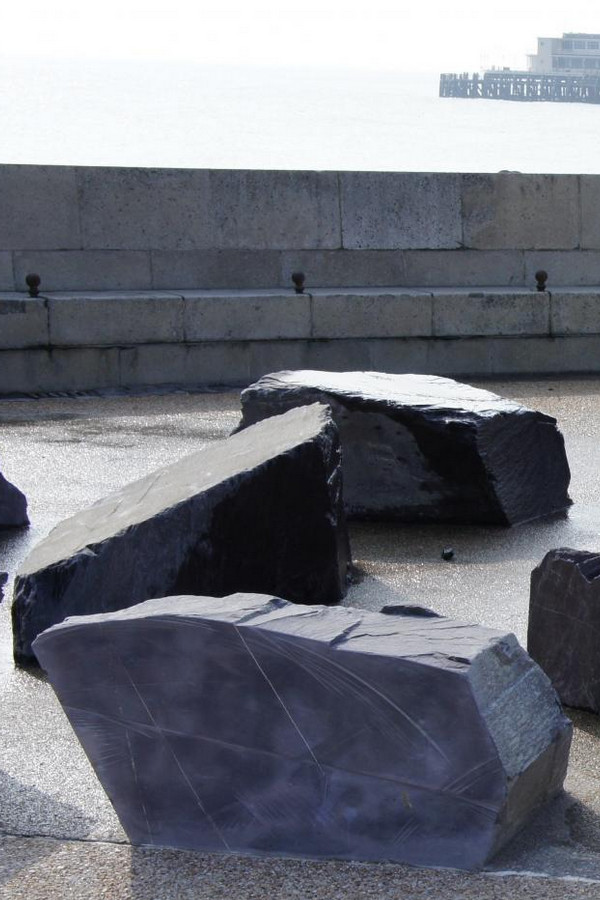
Like that other Great British Paving Stone (how long before they make that into a TV show?), yorkstone, the term ‘Welsh Slate’ encompasses a wide range of subtly different colours, textures and finishes. There’s an array of choice that can, at first, seem bewildering but, thankfully, the range has been curated by the biggest supplier to offer landscape architects, garden designers, homeowners and developers the best of the best, whether it’s for paving, cladding, walling or statement pieces.
As befits a website by this name, we’ll start by looking at some of the paving options available in Welsh Slate and then move on to some of the other possibilities.
Slate Paving:
Welsh Slate, the company which provides most of the Welsh slate used in the landscaping industry, offers two key products from their string of quarries across north-west Wales: the dark, indigoes and greys of Cwt-y-Bugail and the distinctively delectable purple Penrhyn with tones of maroons and indigoes with occasional flashes of turquoise.
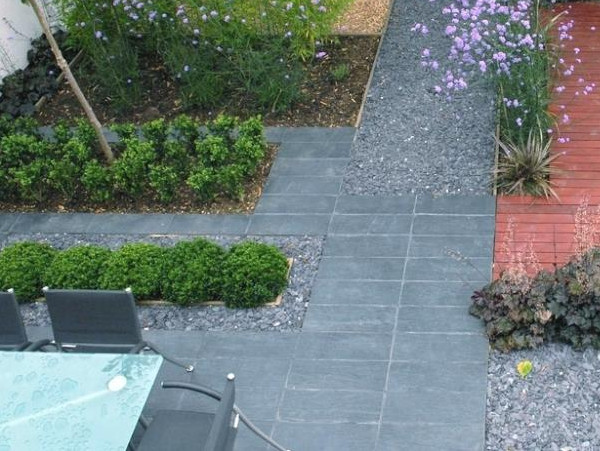
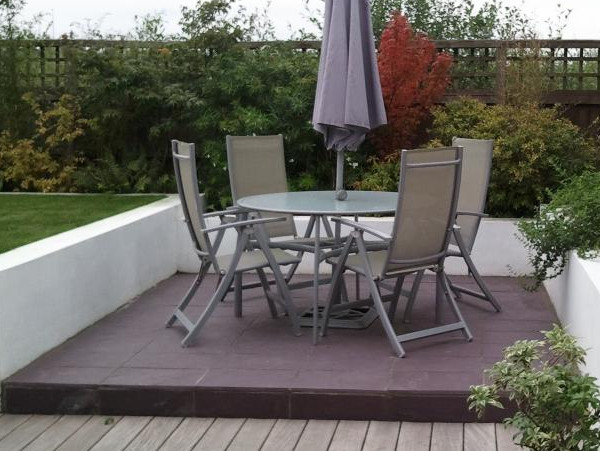
Pattern Choice:
Each type of slate is provided in modular sizes that enable a wide range of patterns to be used, from simple stretcher and transverse broken bonds, to decorative geometric arrangements and all the way to fully random layouts which can work so well in restricted spaces.
Here's just a basic selection of what's possible with the two more popular slate flagstones....
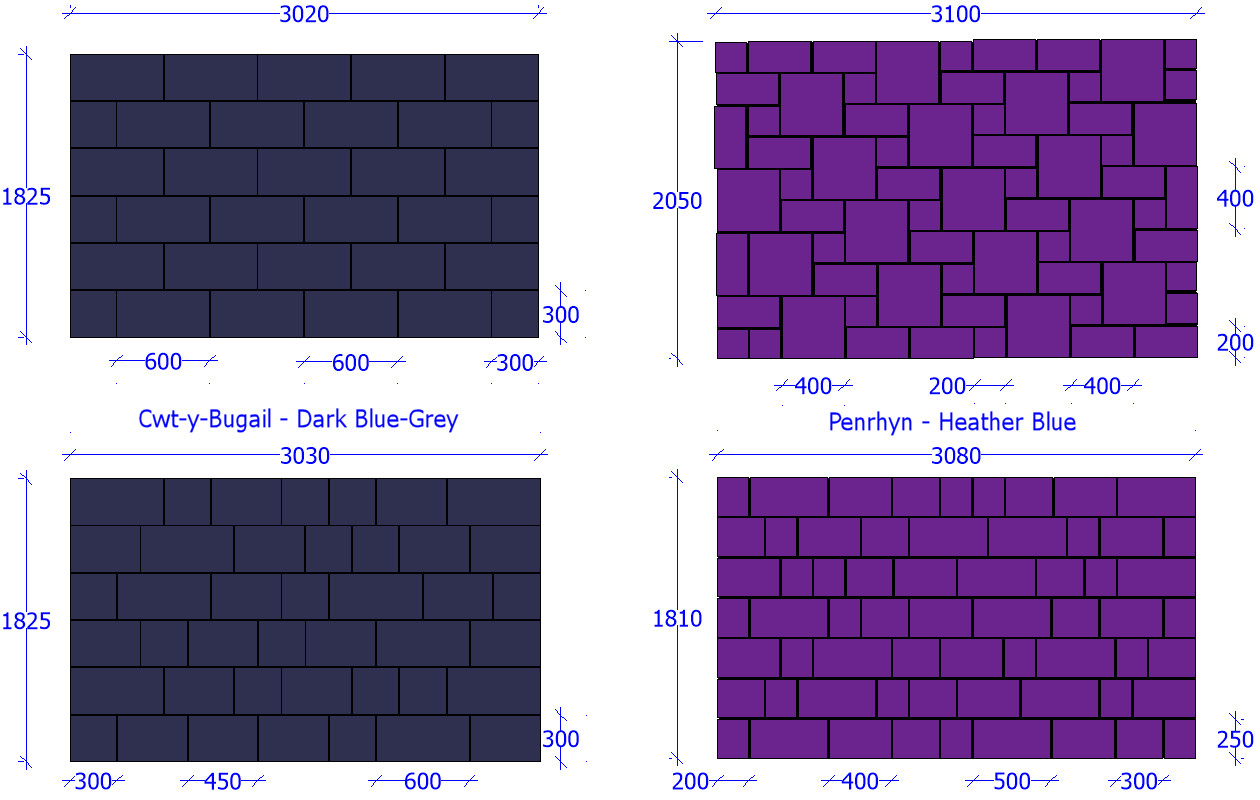
Use Contrast:
Welsh Slate is a powerful, commanding paving stone, but as with all such materials, when there are larger expanses, some of the finer detail, some of the fascinating colour play can be lost by the scale of the project. However, a simple design trick to help emphasise the individuality of each piece is to use a contrast, a subtly different yet complementary stone that focuses attention without ever distracting from the main material.
As in so many aspects of life, nature provides the perfect examples, and the ideal contrast for slate paving is….a slightly different slate!
Panels of Cwt y Bugail can be separated by edge courses of Penrhyn; transverse courses or Penrhyn can be interspersed by a slender course of contrasting Cwt y Bugail; use the smaller 300x300mm square pieces in a contrasting colour to create detailing around features such as benches, water features and step approaches.
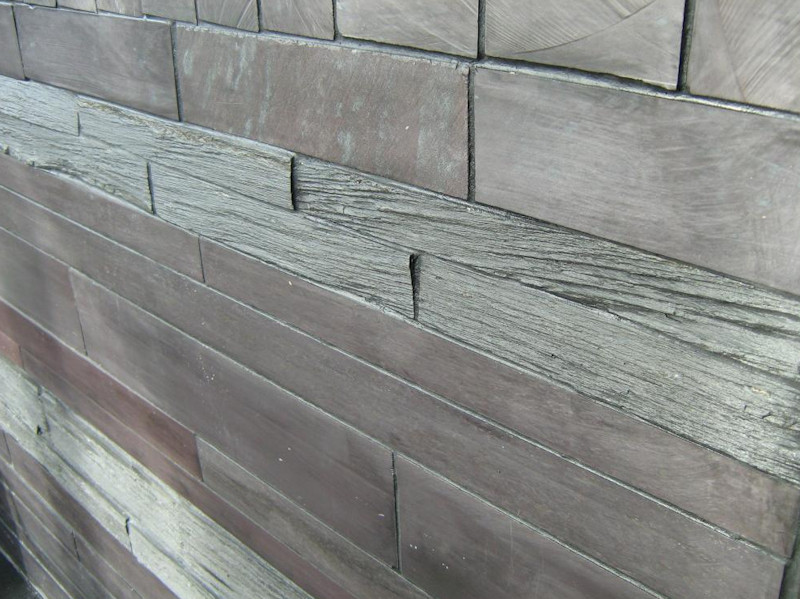
Combining the two popular Welsh slates brings the best of both worlds, but without risking a conflict of character, texture or tone.
Linear Aspect:
For the ultimate in contemporary chic with that unmistakable element of class that comes with Welsh slate, consider using long aspect pieces. Sometimes referred to as ‘planks’, long aspect paving relies on elements that have a plan ratio of 3:1 or even longer.
Although long aspect paving from Welsh Slate is a custom order, turnaround time is minimal, and the individual attention given to each order ensures the best possible selection of plan sizes is selected. Modular sizes or random lengths in gauged widths are perfectly possible.
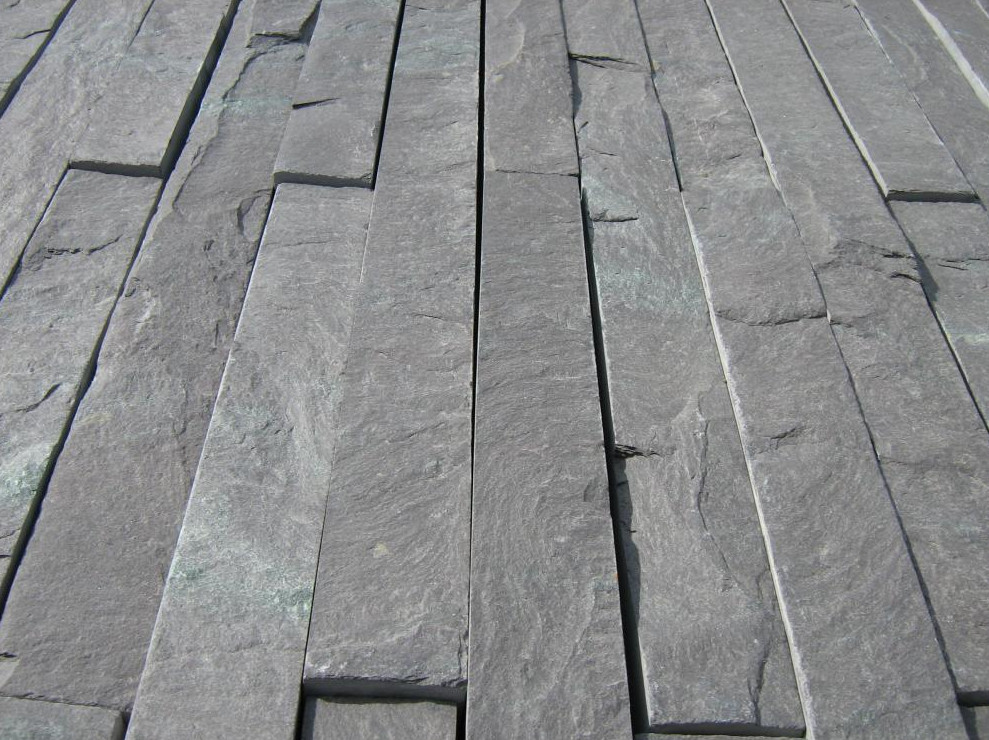
The long, eye-leading lines of linear paving add a whole new dimension to hard landscaping, adding length to shorter areas or, when laid transversely, preventing longer areas looking to drawn out and narrow. Put onto a diagonal, and they throw the eye outwards forcing it to take in the surroundings, whether it’s a garden, a retail area, or a public plaza.
Installation:
While Welsh slate is not a particularly difficult material to lay as a paving, it does have idiosyncratic requirements which should be followed to ensure a long-lasting and trouble-free installation.
The main ‘idiosyncrasy’ arises from what is usually regarded as one of its key qualities – its impermeability. That resistance to water which renders slate such a popular roofing material, and results in it keeping itself cleaner than many similar paving materials, can present a challenge when attempting to have it fixed down firmly, securely and permanently to the ground. However, it’s a challenge that is relatively easy to surmount.
It’s the resistance to water that’s at the heart of the challenge: the fact that water really struggles to penetrate the slate also means that it’s quite difficult for a water-based mortar to get a good grip on the underside when it’s put down as paving. So, what is required is some form of ‘intermediary’ that is capable of bonding to both the bare slate *and* the mortar bed on which it is to be laid.
And that magical intermediary is our old friend SBR. Good old Styrene Butadiene Rubber, the gloopy white goo that sticks to almost anything and everything , and, once cured, is 100% resistant to water (unlike PVA, which remains water soluble and therefore should never, ever be used as a bonding agent for paving, no matter what that know-all in the pub tells you!)
Other than that, the recommended build-up is essentially identical to that used by any other type of natural stone flag: sub-base; full mortar bed; primer or bond bridge; slate paving….and then jointing to suit, either cement mortar or resin jointing compound, preferably of the two-component variety.
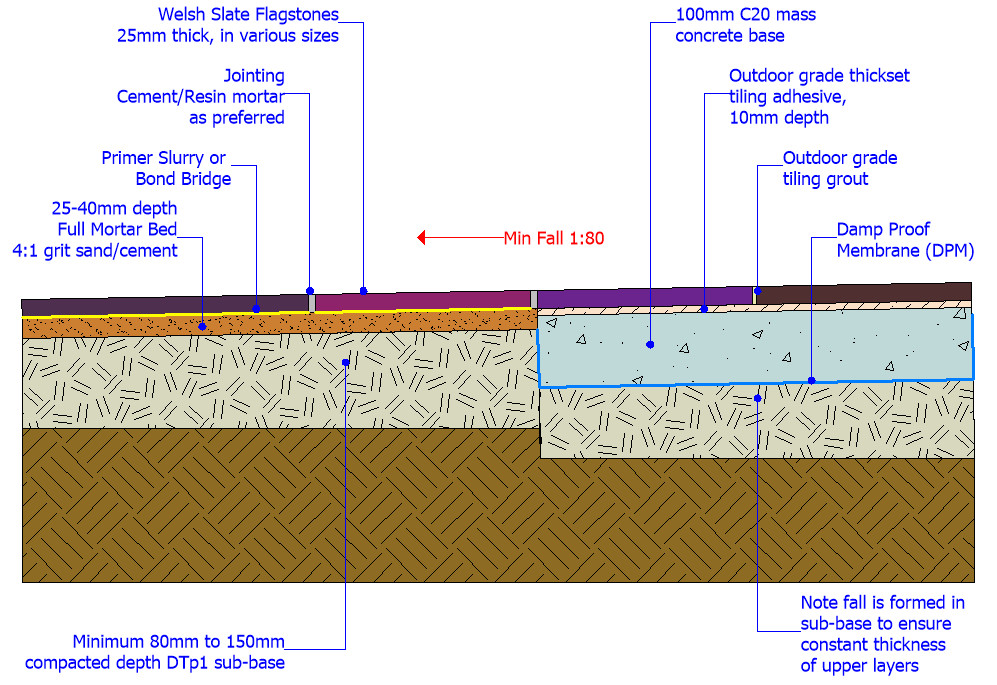
Maintenance:
As already mentioned above, the characteristic impermeability of Welsh slate means that it’s much harder for dirt, grime, lichen and algae to establish themselves on a slate surface. Have a look around the old graveyards of North Wales, full of lichen encrusted sandstone headstones intermingled with near pristine (and still sharply lettered!) slate memorials. All of which means that relatively minimal maintenance is required for properly installed slate paving.
Naturally, regular sweeping to remove accumulated litter or detritus will be a benefit, and any spills or slops should be wiped up as soon as possible with a damp cloth. Provided that the paving is well laid and has good quality joints (so probably not a 1-part or polymeric jointing compound), an annual or semi-annual wash down with a hose or a domestic rated power washer should do no harm.
Sealants:
It’s a modern urban myth that all paving must be daubed with a sealant. That’s not strictly true and it’s completely untrue with regard to Welsh slate.
That arises partly from the dirt resistance discussed above, but also partly due to that wonderful impermeability, which makes it very, very difficult for any of the usual suspects to effectively bond to Welsh slate. Many sealants rely on penetrating the substrate, seeping into it and embedding itself onto its structure, but that’s not easily achieved with a stone like Welsh slate, and so the few sealants that can be used tend to be topical – they stay on the surface, curing as a ‘blocking layer’ between the slate and the general environment.
That impermeability, as discussed, limits the potential for grime or stains, so there is little genuine need for a protective, stain-repelling sealant, but some people do seem to prefer the even richer colours which arise when the slate is damp, and so a colour-enhancing sealant is probably more appropriate. This requirement makes it even more important that, where a sealant of colour-enhancer is deemed necessary, specialist advice from a reputable source with genuine knowledge and experience of using such products with Welsh slate should be sought. It’s rarely a good idea to buy a bargain product from an online auction site or a ‘works on all surfaces’ product which aims to be a Jack-Of-All-Trades and ends up being a Master of None.
Gallery:
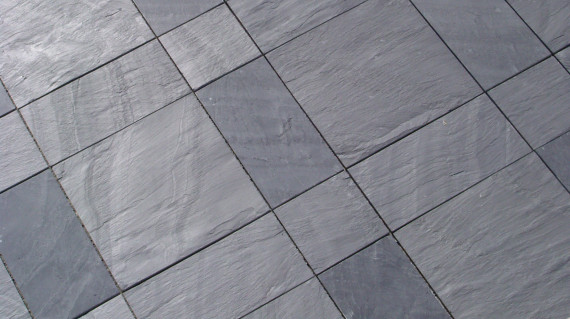
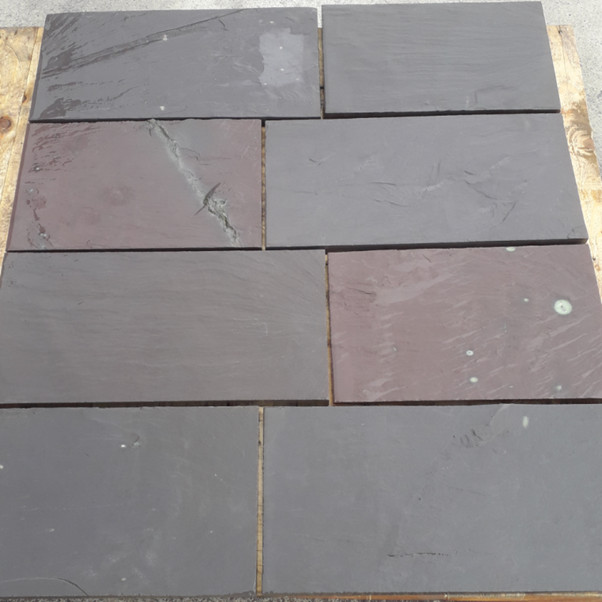
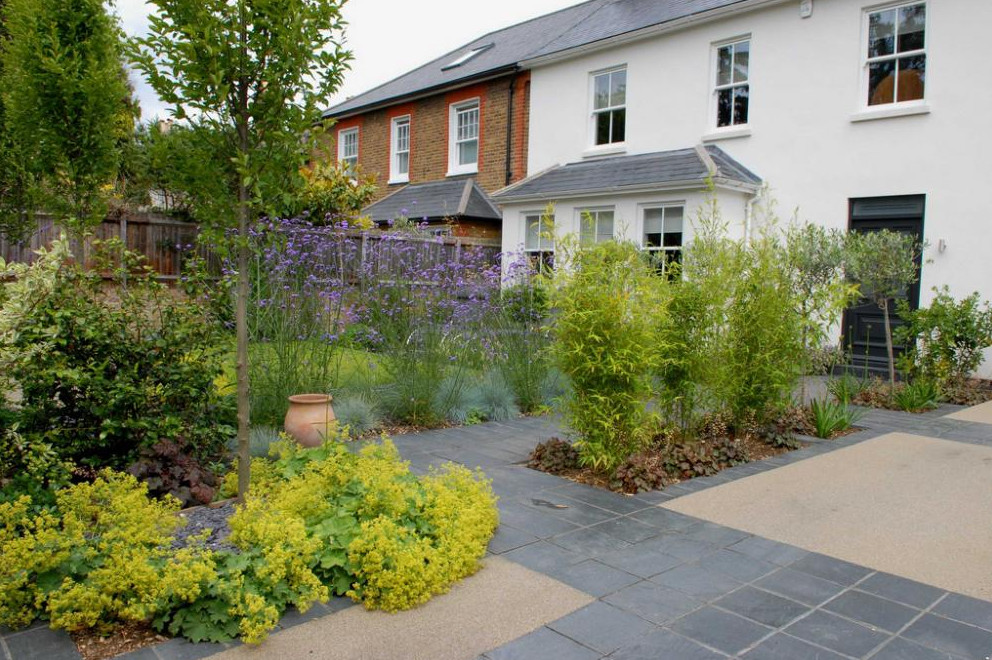
Slate Accessories:
Those distinctive, cool looks and the eminent workability of Welsh slate has, for centuries, seen it used for other elements of hard-landscaping other than simple paving. While some of these are nowadays bespoke items produced to customers’ specifications on demand, some are more readily available.
Of direct relevance to paving are the detailing pieces such as kerbs, edgings, step risers and treads, and palisade edgings. These can significantly enhance an otherwise straightforward slate paving project, adding interest, depth and detail that will lift even a simple patio design to a whole higher level.
The other great use for Welsh slate, of course, is as a walling stone, with its complementary copings and pier caps. And as you’d expect, a phenomenal range of options are available: coursed blocks, ashlar stone, even rough ‘rubble’ for the construction of random walls, as well as the laminar pieces used for stacked or herringbone walls.
Two particular style of Welsh Slate have proven to be extremely popular for wall construction – Rustic and Pillared. Rustic stone is split along the bedding planes of the slate and so a natural, gently riven surface is presented as the face, while Pillared stone is split across the bedding planes, creating a distinctive and incredibly tactile, stratified appearance.
The following gallery shows just a small taster of what is possible.
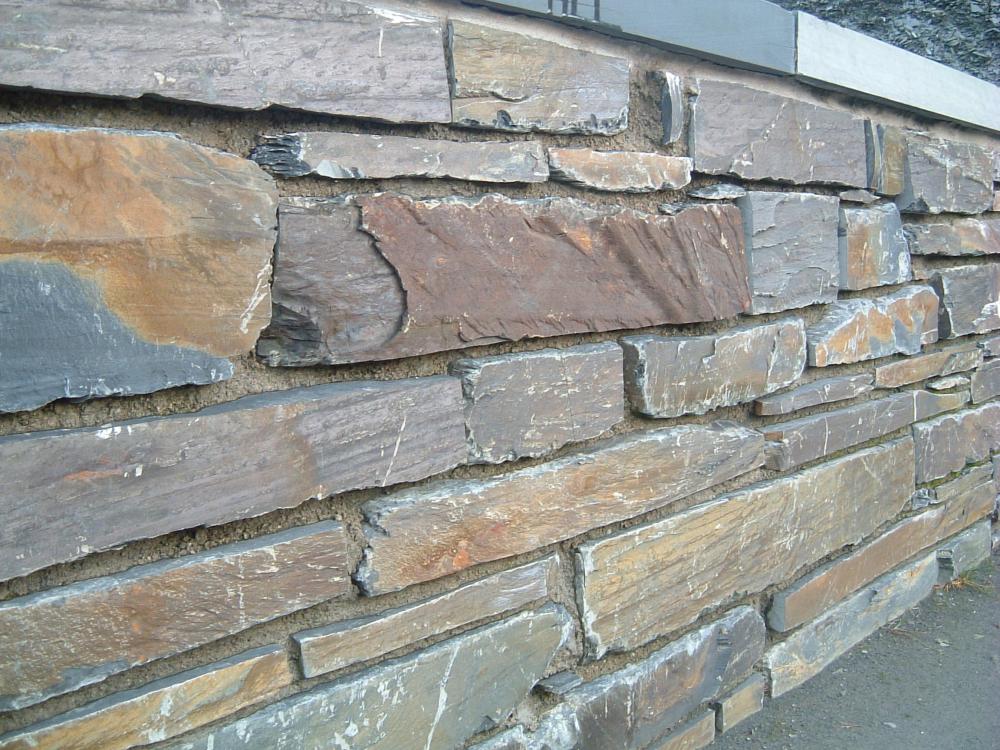
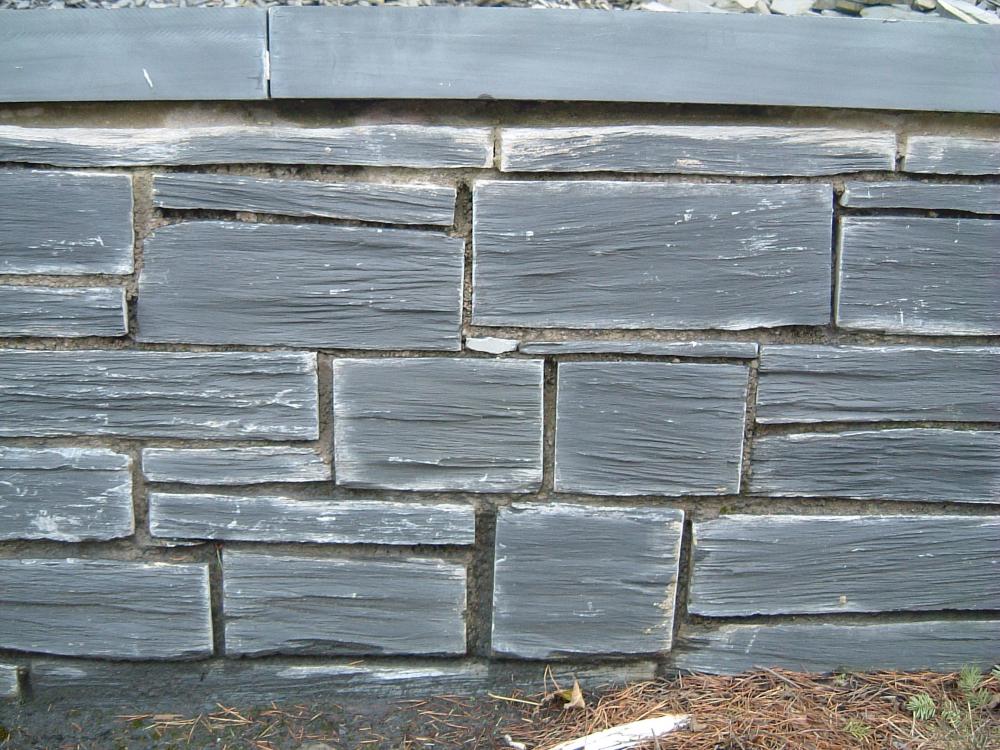
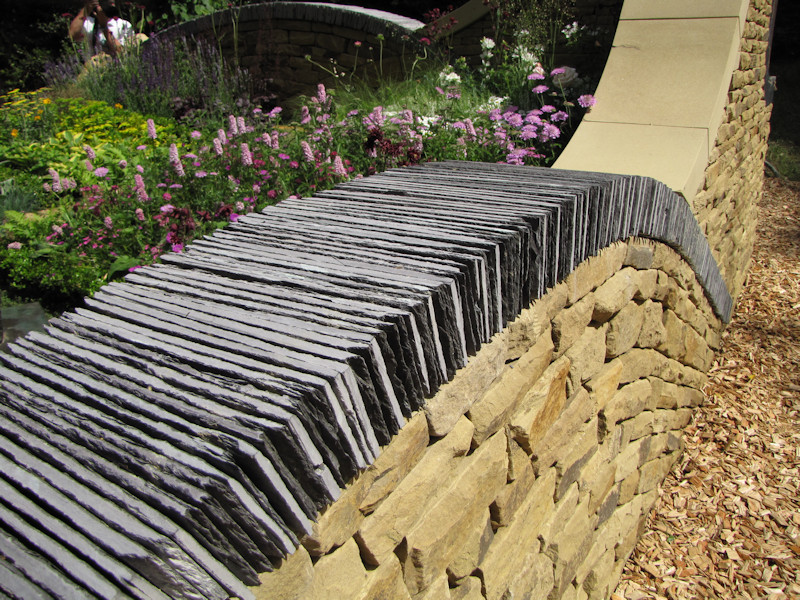
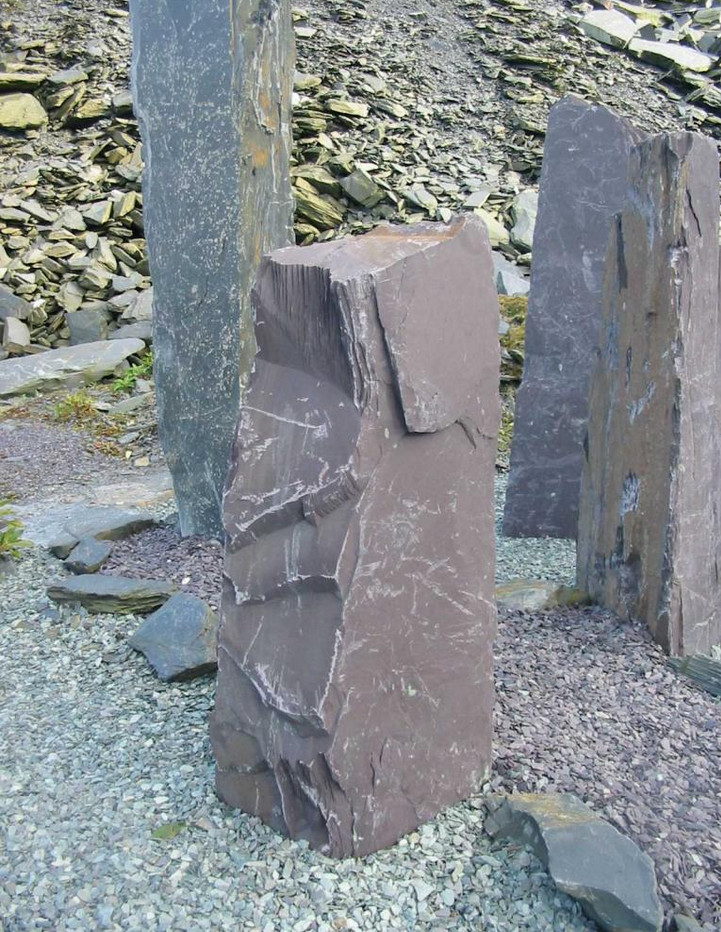
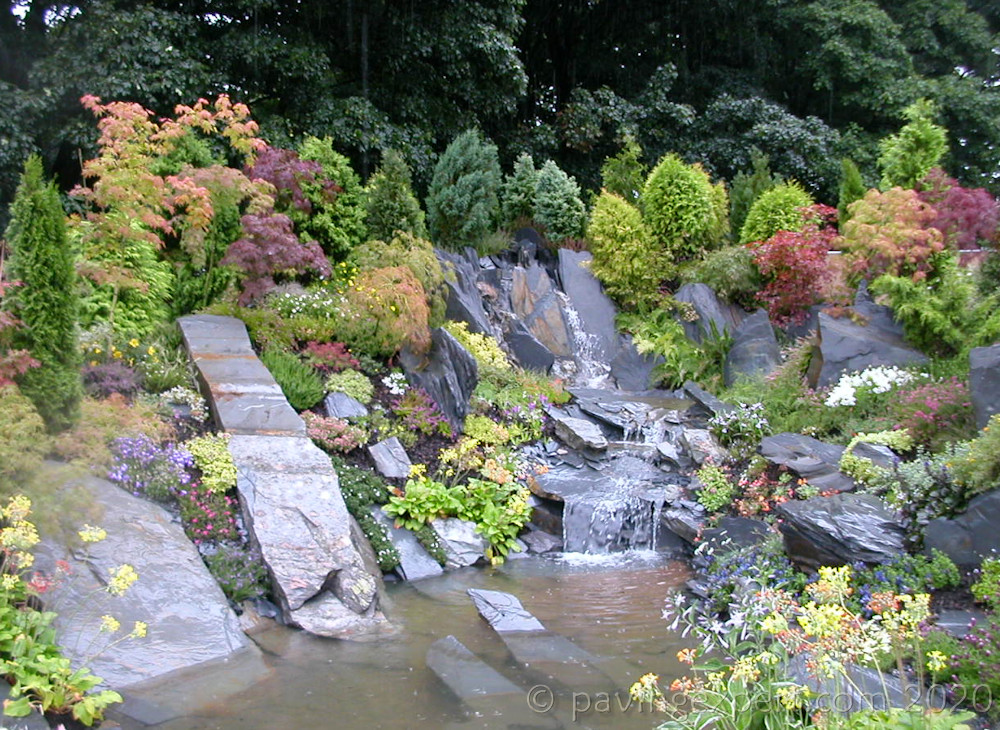
Decorative Aggregates ~ Slate Chippings:
Used for decades, locally, as a cheap, readily available and functional top dressing or mulch, slate chippings are generated from what was previously regarded as ‘waste’, the scalpings, offcuts, chips, flakes and rejected material generated from the production of roofing slate. It was never chosen because it was attractive, or fashionable, or eye-catching: it was chosen because it was there! There is a lot of it. Huge mountainsides covered with the waste of generations.
Nowadays, Welsh Slate is focussed on conducting its business in a sensitive and responsible manner by maximising the environmental benefits whilst minimising the environmental impact. It seeks to promote sustainable development within all of its operations and services, by utilising every tonne of slate for its optimum performance and value, Welsh Slate makes the most of a treasured resource and ensures it will continue to benefit both the natural and the built environment for centuries to come.
Slate chippings started to be shipped beyond their homeland, bagged up for convenience and distributed nationwide as an alternative to gravel for paths and driveways, as a mulch for gardens and commercial planting schemes, where it’s an excellent weed suppressant and moisture retainer. Now, it *is* sought out for its attractiveness, for its popularity and it’s wondrous, eye-catching colours. What was previously a waste product is now a valuable and sought-after landscaping material – how times change!
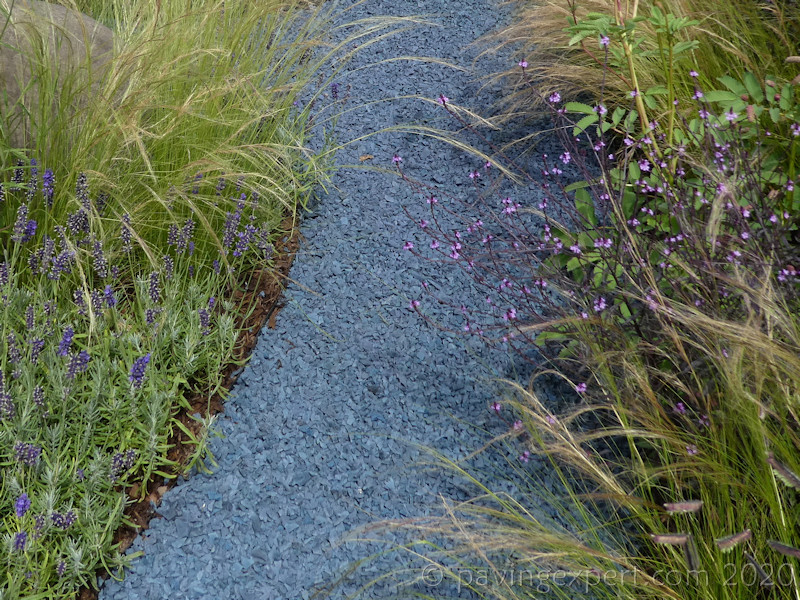
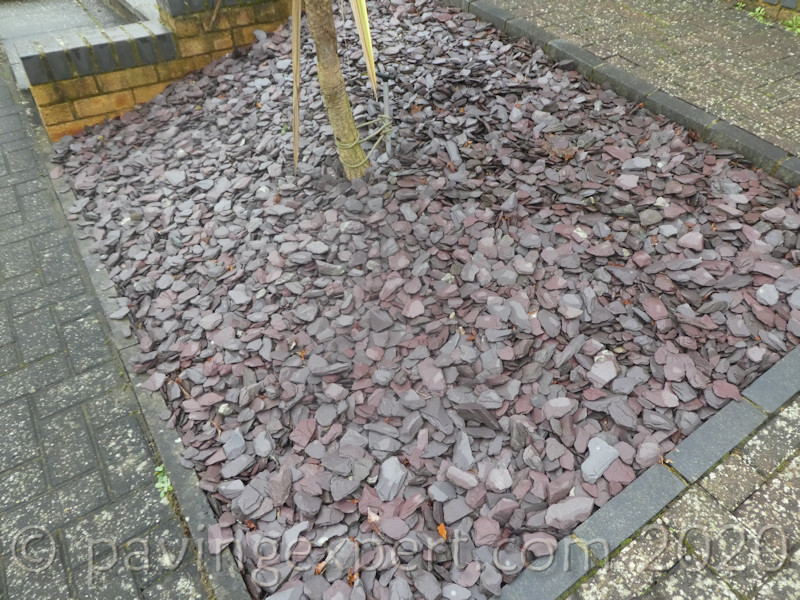
Basic Construction:
There are two key uses or constructions for slate chippings: as a surface dressing for foot and vehicular traffic; and as a mulch for planted areas. The intended use will determine which is the most appropriate construction method.
As a Mulch:
When used in non-trafficked areas as a weed-suppressing and/or moisture retaining mulch, the chippings can often be placed directly over the ground beneath. No fuss, no hassle, simply spread the chippings over the ground, around the plants, just deep enough to ensure no soil is exposed and that’s all that is required.
A basic geo-textile or even a landscape fabric (much weaker, less resistant to puncturing or tearing) can help prevent the chippings mixing into the earth below, as happens over time, but the flip side of that particular coin is that the geo-textile can, in some instances, become exposed and nothing looks more untidy than a partially bared geotextile beneath a mulch dressing.
Where a geo-textile (or, if you must, a landscape fabric) is used, ensure a generous covering of the slate chippings. 40mm should be adequate, but 50mm will do no harm. Ensure the geotextile is neatly trimmed at the edges, and, when possible, have it pinned down rather than relying solely on the weight of the slate mulch.
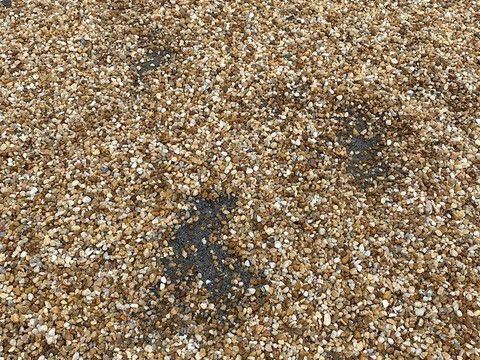
Always have a retainer edging of some form. As with all loose aggregates, left unchecked, it *will* spread if left unchecked. Aim for a full depth coverage against the edgings rather than have the depth of chipping feather to nothing, which almost guarantees the edge course haunching will soon be exposed for all to see.
Rake over the surface occasionally to ‘freshen’ the visible surface, and be prepared to top-up any areas that are thinning out. It doesn’t happen all that often, but early remedial intervention will significantly reduce the risk of fully bare patches developing.
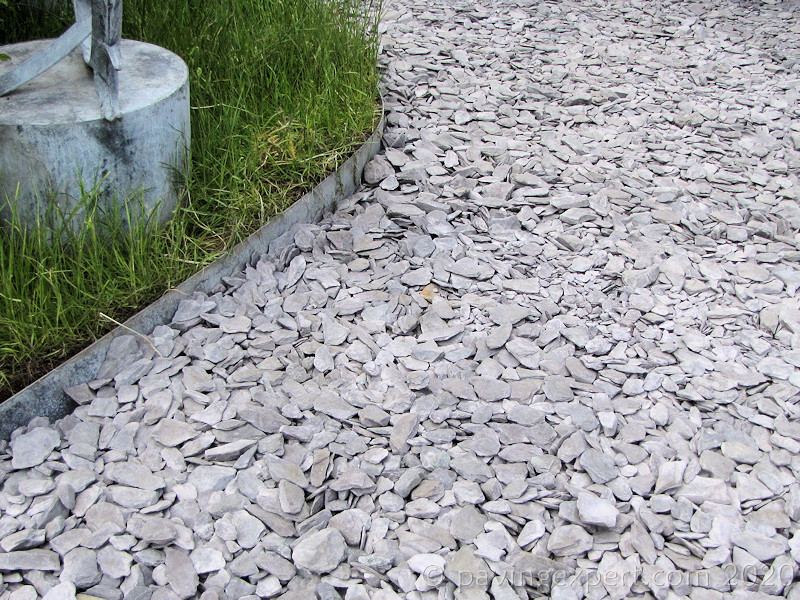
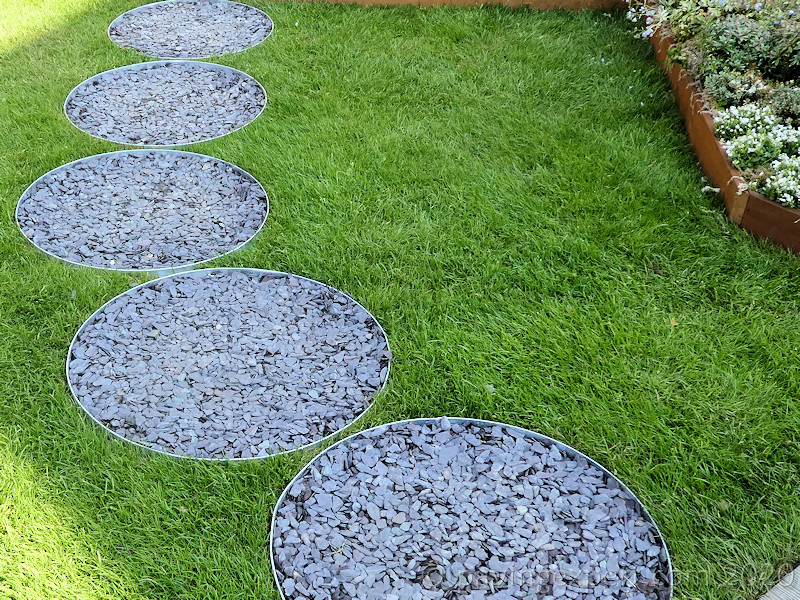
As a surface dressing for trafficked areas:
While slate chippings can be used to create a great looking surface for both pedestrians and light vehicles, they are best used in conjunction with a sound and well-constructed sub-base. In parts of North Wales where access to the chippings has traditionally been something of a free-for-all, it was not unusual for the slate waste to be used as the sub-base as well as the surface dressing, but this relied on access to larger-than-usual waste that could be roiled and hammered and compacted to overcome the more laminar nature of the commercially available and bagged-up chippings, creating a greater degree of interlock and density of compaction than would be possible with the cleaned and graded standard chippings.
For the rest of us, a “proper” sub-base of appropriate aggregate should be used, along with suitable edge restraints to limit spread or ‘migration’ as it’s known. This is exactly as would be used with any other gravel or loose aggregate surface: sub-base; edge restraint; surface dressing.
Note that it’s rarely, if ever, a good idea to use a geotextile (and definitely *never* a landscape fabric) between the sub-base and the dressing of chippings. In such scenarios, the membrane all too often acts as a ‘slip membrane’ enabling the slate chippings to ‘skid’ and ‘slide’ over the membrane, creating a potential hazard and often exposing an unsightly textile.
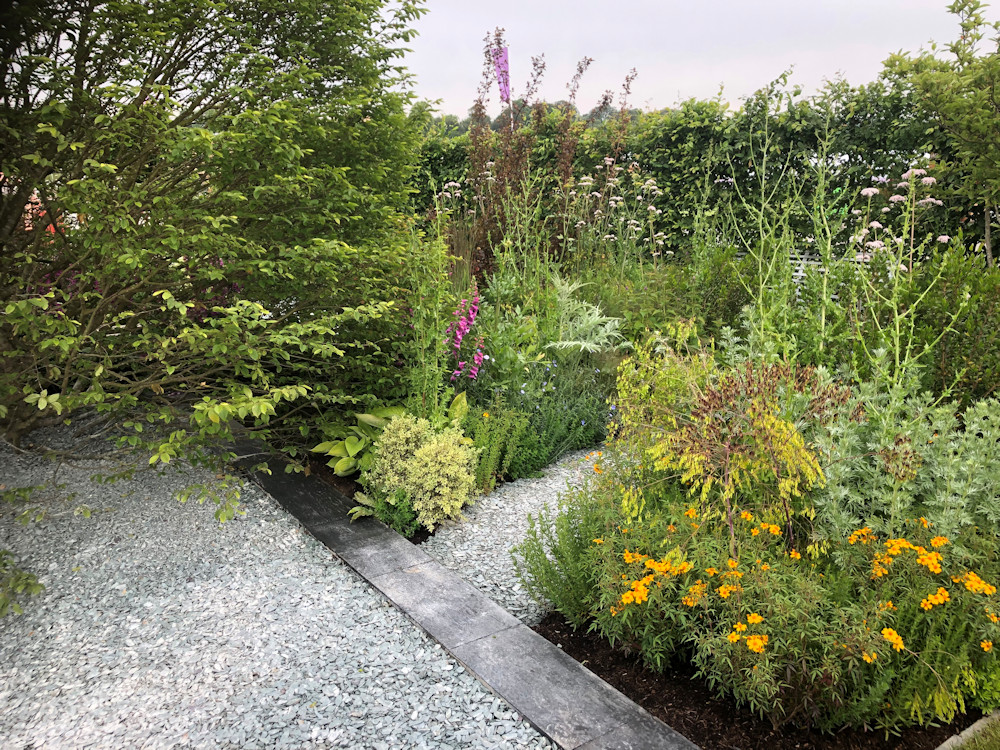
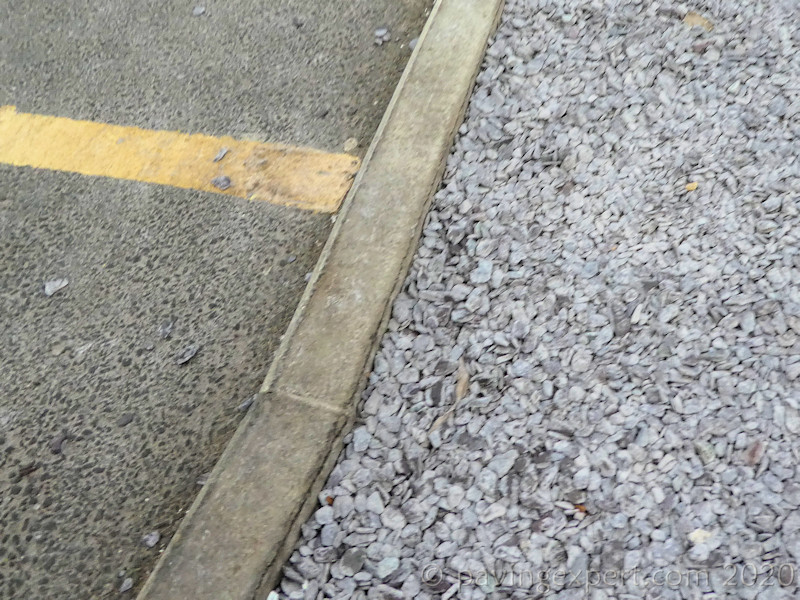
Allow the slate chipping to intermingle with the sub-base aggregate, to bed itself in, to lock into the nooks and crannies and thereby stabilise itself, becoming, over time, virtually inseparable from the sub-base itself. This minimises the risk of the sub-base becoming exposed, of ‘bald spots’ forming. It gives the greatest chance of creating a stable and reliable surface that will give many, many years of low-maintenance, low cost service.
A geo-textile may be used beneath the sub-base, if necessary, to prevent commingling of the sub-grade and the sub-base aggregate, but keep them away from the upper levels.
As with all loose surface dressings, there will be some attrition, some loss over time. Individual chippings will be scattered by running children, inquisitive pets, the acceleration and braking of vehicles, and some crushing is inevitable, so, occasionally, some ‘refreshing will be required’, topping-up any areas that are showing signs of thinning and replenishing areas that have lost cover. Luckily, there’s no risk of the original source material running out any time soon, so, even in 20 years’ time, there’ll still be stocks of perfectly matched, identical chippings to rejuvenate and revitalise whenever necessary.
Construction drawings:
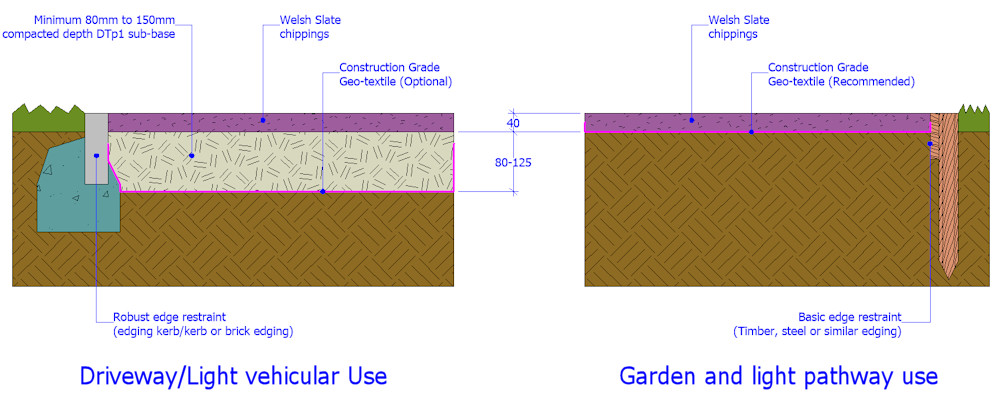
Gallery:
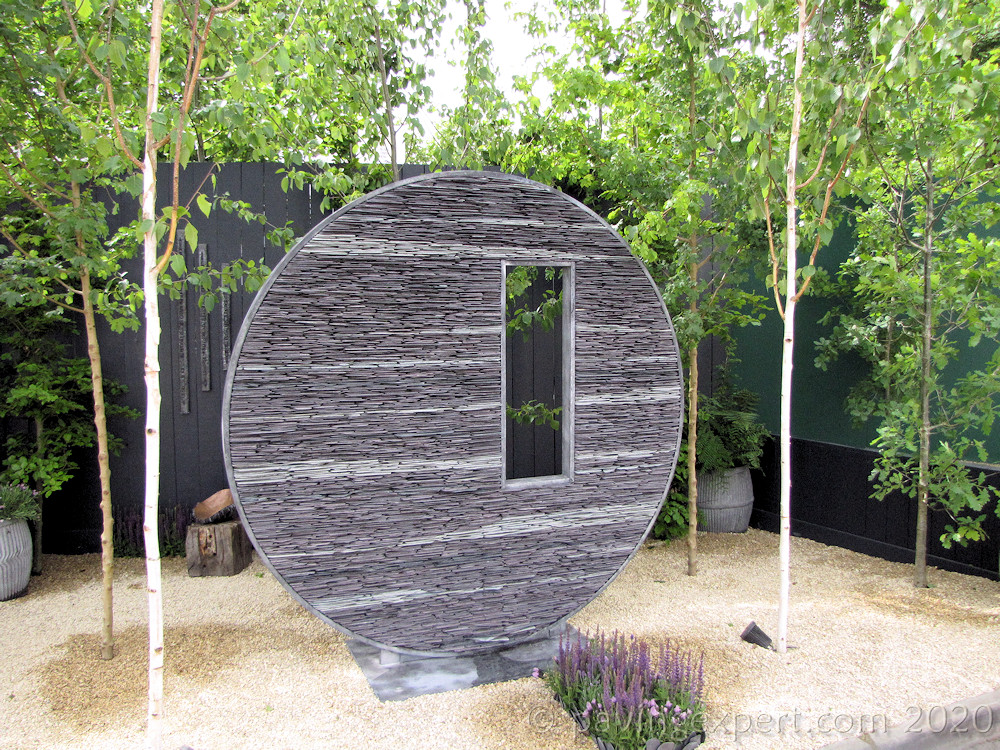
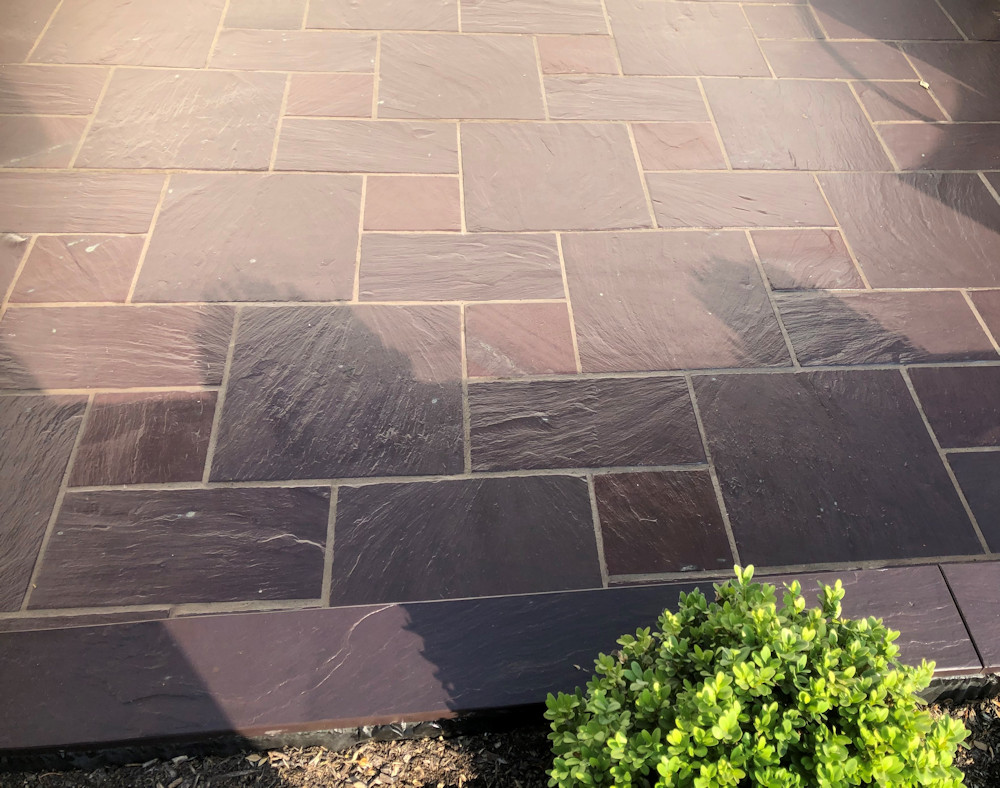
Further Info:

Welsh Slate
Penrhyn Quarry
Bethesda
Bangor
Gwynedd
LL57 4YG

Tel: 01248 600656






